This year the famous Osprey Men-at-Arms series reaches a historic landmark with number 500, after 42 years of success and popularity. 2015 will be a very special year for the many fans of the series as they will get to read the 500th title of this series as well as with the other 5 titles coming out during the course of the year. One of these, number 499, has a special meaning for all the Osprey fans who have requested it over the past years: we are obviously talking of “Armies of the War of the Triple Alliance 1864–1870”.
As author of this book, in this short article I’ll try to explain how the idea of this title became reality and how the historical research behind it was conducted. First of all, I would like to thank some people who had a decisive role in the creation of this book: the group being you, the Osprey fans, who have written dozens of posts on the forum to support this title and who have always voted for it in the monthly book vote. This experience shows the level to which Osprey is interested in your suggestions: every book is possible in the future if you continue to show such great enthusiasm. Another special thanks goes to Martin Windrow, the real mainstay of this series since its foundation, for giving a chance to a new author for this particular, unusual subject. Last but not least, my deepest acknowledgement goes to Giuseppe Rava: a personal friend, an immense artist and a great professional. His talents have brought the soldiers described in this book to life. It is a great blessing to work with such a great artist, because in the reconstruction of the uniforms everything becomes easier and the right results come sooner.
The main aim of MAA 499, inaddition to illustrating every military aspect of the Triple Alliance War (at least briefly), is to open a new “window” on an interesting military world which is likely to be mostly unknown to many of the Osprey readers: I’m referring to the military history of Latin America. There is a lot to research and write about it, considering that since the beginning of the 19th century at least 10 states inSouth America had their own armies, military leaders, uniformology and weapons. All these aspects have their unique local features, sometimes very different from the equivalent European ones. I’m sure that the curiosity of the readers will be stimulated by the information assembled in this book and that many of you will start to develop an interest for this field of study.
It is not easy to concentrate a complete military analysis of a war which lasted six years and involved four major South American countries in less than 50 pages. In writing the book, I’ve tried to concentrate two different formats in it: the first part is basically an “Essential History” of the conflict, devoted to the causes of the war and to the military operations (both land and naval). The most important battles are reconstructed in some detail and, to follow the evolution of the operations on the field, very detailed maps are added to the text. A meticulous order of battle is included in this section.
The second part of the book is the more “traditional” one, in the usual style of the MAA series. The organization and composition of the four armies is described in detail, with particular attention to the various components. You will find different sections on regulars, National Guard/Militia and volunteers for all the four armies involved (Paraguay,Brazil,ArgentinaandUruguay). For each of the countries a specific paragraph on the weapons used has been included, together with another one reporting how each contingent performed on the field and which tactics it used.
In the extensive bibliography I’ve tried to list all the best English books on the subject, dealing not only with uniforms but with the war in general. A certain number of books in Spanish or Portuguese has also been included, for all our many readers fromSouth Americaand for all the ones interested in having a deeper knowledge of this incredibly important conflict.
A lot of space, from the first to the last page of the book, has been given to uniformology. South American uniforms are simply spectacular, an original combination of local and European patterns producing some of the most colourful military dress you have probably ever seen. We have chosen to represent the greatest number of uniforms possible: a total of 29 soldiers are represented in the plates (more than the usual 24) and another 17 are depicted in a series of line drawings specifically created for the book (one of the “surprises” you will find in the book). I think that 46 different uniforms are a good starting point for any wargamer or modeller interested in the military dress used in the War of the Triple Alliance. In choosing the subjects we have given priority to the campaign dress, but the parade uniforms have been included as well. In the large plate commentaries and captions you will find a wealth of information on the uniforms used by all the armies involved.
The colour plates made by Giuseppe are simply fantastic: you can see a first example of them in the “work in progress” of plate H that we reproduce here with four photos. Thanks to them you can see the development of the plate from the first sketch to the final coloured version. The process is impressive in all of its phases.
Stage 1
Stage 2
Stage 3
Stage 4
Plate H is the one devoted to the Uruguayan army: the figure standing on the top left is a soldier from the “Florida” Infantry Battalion with the “French” uniform used before and at the beginning of the war; the soldier kneeling on the left is a common Uruguayan infantryman in summer uniform; the officer kneeling at his right is from the cavalry regiment “Soriano” (dressed in an elegant “French” uniform mixed with local elements); the last figure, top right, is a volunteer from the Battalion “Voluntarios dela Libertad” or “Voluntarios Garibaldinos” dressed in his “Carlist” dress. As clear from this plate, the styles of the different uniforms were many and mixed; I’m sure you will enjoy them!
Finding the right sources to produce such detailed plates was not easy at all: official records are difficult to find and translate from Spanish and Portuguese. In addition, these were very frequently not respected on campaign. Luckily South America has a great (albeit mostly unknown) tradition of artists devoted to uniformology; in fact, they have been the main visual source for my research. One of the greatest problems I’ve found in reconstructing these uniforms is that of the contrasting sources: for example, the same model of shako or kepi was used in many different versions, with small differences of detail (like a different cockade, or a different colour of a pompom). Another example is that of leather belts, which were used black or white with no specific criterion (sometimes also together). Some uniforms, especially at the beginning of the war, were used for very brief periods and changed very soon; sometimes it is very difficult to follow when they were officially no longer in use, because units were disbanded and created with great frequency.
In writing a text like this, one of the greatest “dangers” that an author faces is that of typos and wrong spelling of names: the Spanish and Portuguese system of accents is quite challenging to understand and this might lead to some ambiguity. However, by checking the original sources and comparing them, the majority of mistakes are usually found and corrected. Another “delicate” issue is that regarding the weapons used in the war: each of the four armies used a huge variety of muskets and rifles, with practically no official standard weapon. It is very difficult to find out which were the most used models, also because they came from a variety of different suppliers. Some of the armies involved were re-armed during the conflict with Minié rifles and this led to more confusion in the field of calibers and models used. In the specific sections on weapons I’ve tried to include the most widespread ones, describing the general evolutions taking place in the field of armament.
To conclude this brief overview, I hope that many of you will buy and enjoy this long-awaited book, which is actually now available for pre-order. As an expert on South American military history, I’m confident that in the next few years other titles like this will follow, shedding new light on this fantastic world. Stay tuned and keep on supporting us in these projects!

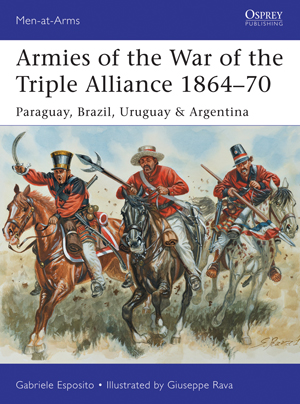
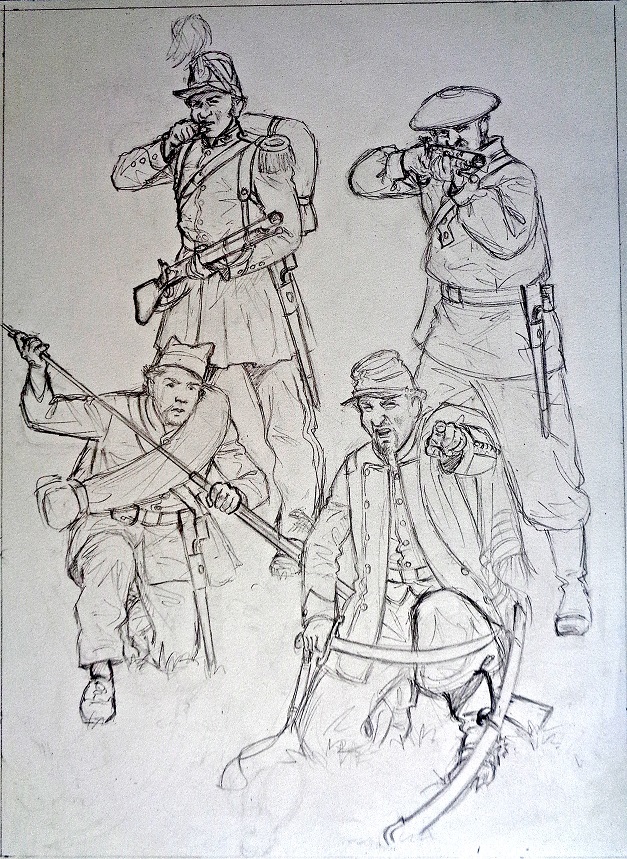
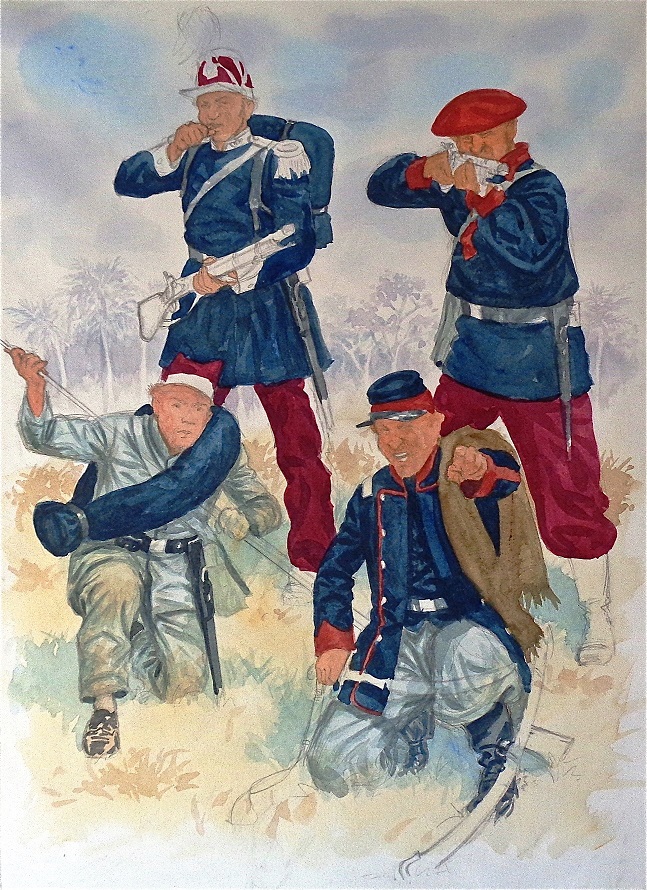
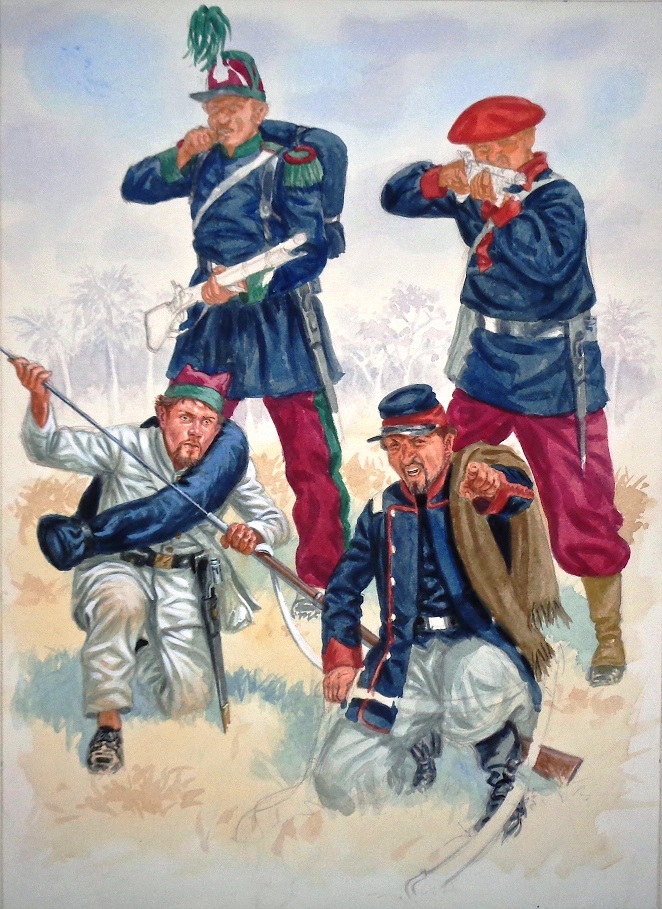
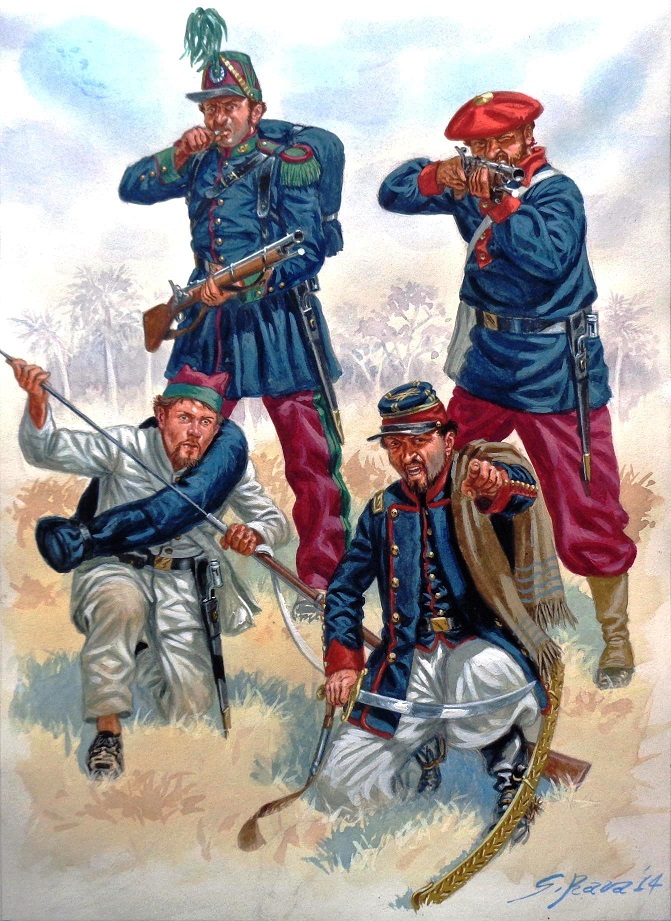
Comments
You must be logged in to comment on this post. Click here to log in.
Submit your comment